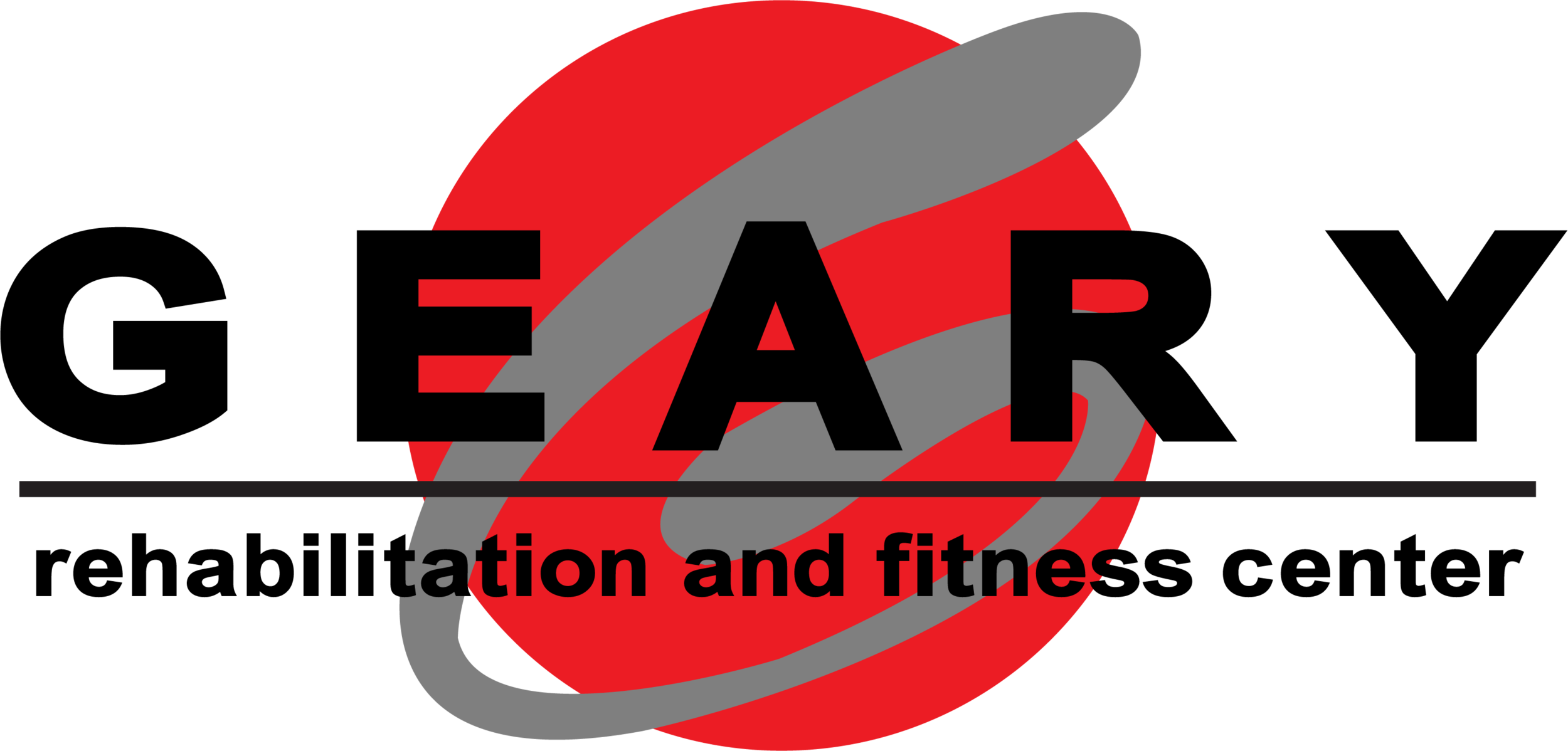Enjoying Your Pregnancy by Minimizing Pain
You have never looked more beautiful. You are glowing. You are carrying life. And, you are in pain. Pregnancy can be a pain. Your body is going through so many physiological and anatomical changes, sometimes your muscles and joints can’t keep up with the demand of growing another human being. The most common complaints we get in the clinic are pelvic pain (both in the front at the hips and in the back off to one side), back pain, and pain shooting into the legs. There are many causes of low back and pelvic pain during pregnancy, but the most commonly dealt with in physical therapy are related to hormonal changes and postural changes.
Hormonal changes: Your body begins to elevate the hormone levels of relaxin and progesterone which result in joint laxity. This allows for your pelvis to expand to push the baby out when the time comes. However, in the meantime, these hormones cause your ligaments to loosen up. The extreme increase in progesterone happens very quickly after fertilization and can cause pain prior to any weight gain or showing of your pregnancy. Ligaments are one of the things that stabilize your joints. They do not contract, but merely hold their position to keep your joints from moving into extreme positions. In the absence of ligaments, your muscles can be strengthened to stabilize the joints. This is because muscles are able to contract and draw joints together or contract to stabilize around a joint. The muscles that are most commonly weak during pregnancy are the abdominal muscles and the gluteal muscles. Any underlying weakness that was present prior to pregnancy will be more noticeable due to the increasing demands of additional weight.
Now, imagine you are a person who was not doing any exercises before pregnancy. Your muscles are not used to carrying an extra 25 to 35 lbs, but this is their new job. On top of this, while you are gaining weight, your joints are loosening up. This puts a huge new strain on your muscles. Muscles that have not been trained to hold heavy weights get sore and achy with this new task. They may overwork themselves to the point of developing trigger points leading to pain that can radiate to new areas. You may be having pain in your back, but it could actually be coming from a trigger point in your abdominal muscles causing radiating pain into your back. When you get that sharp pain radiating into your lower leg, it may actually be coming from muscles in your hips.
Another reason for pain with relaxation of the ligaments is your pelvic bones moving into an abnormal position. You may have heard someone say their hips aren’t in line, or maybe you’ve seen a chiropractor who has told you that you are “uneven.” The joints between your pelvis and back are very tight joints with the ligaments being the primary stabilizing force at these joints. When the ligaments loosen up, the bones can shift (referred to as a positional fault) which can lead to nerve compression and general joint pain. Positional faults can be addressed with different manual techniques by a skilled therapist. The complexity of where pain is actually coming from is the reason that a comprehensive musculoskeletal exam is crucial to determine the best plan of care for you.
Postural changes: With a growing belly, comes changes to how you stand and walk. More weight in the front means your back has to work harder. A good way to demonstrate this is to take a weight and hold it close to your body. Now take that same weight and hold it straight out in front of you. You can feel your shoulders have to work harder and feel more strained with the weight straight out in front. The same is true for your back when your belly “pops.” Your back has been used to having your weight more evenly distributed, but now you have an extra weight in front of you.
The other result of adding weight directly at your abdomen is your pelvis tilts toward the front. Any underlying hip pathologies may appear at this time because you have closed the hip joint down by tilting the pelvis forward. This also means the muscles connecting your hips to your lower legs and back have changed positions. Some muscles are put into a stretched position and some are put into a shortened position. Stretched or shortened, this changes the muscle’s ability to contract and generate the strength needed to move and stabilize.
The common theme in these changes is that your muscles are working harder all the time to make up for the changes your body is making to accommodate this new, but short-lived, way of life. The good news is that you do not have to wait until you give birth to feel more comfortable in your current state of pregnancy. With the right stretches and strengthening, you can combat pregnancy pain. The further along a person is when they start an exercise program, the more important it is to select the correct exercises and monitor patients while they are performing them. Many doctors are more readily prescribing physical therapy for these kinds of pregnancy pains, however many doctors still dismiss the pain with a simple, “It will go away when you give birth.” Ask your doctor if she/he feels you are safe to participate in a physical therapy exercise program and come in to address those pregnancy pains. Let us help you get some sleep before you have to deal with those late nights, early mornings, and 3 am feedings.
By: Jessica Graham, DPT

